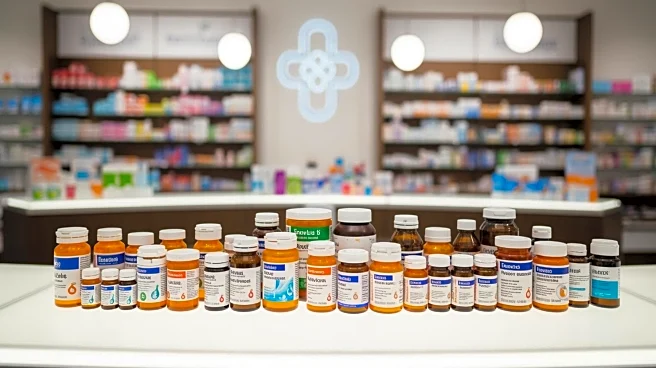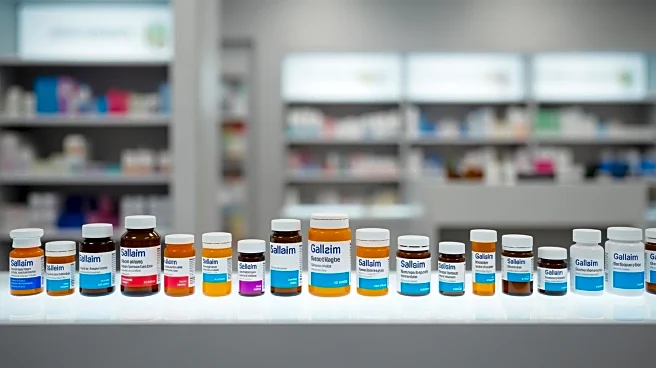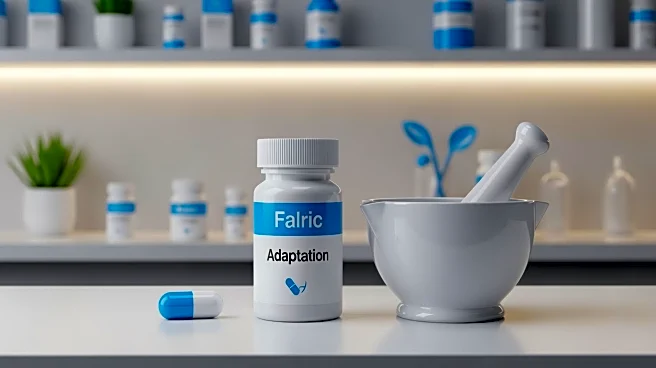What's Happening?
Community pharmacies are increasingly becoming a central part of primary healthcare, driven by initiatives like the government's 10-Year Health Plan and the Pharmacy First scheme. These programs allow
pharmacists to offer consultations for common ailments, thereby easing the workload on general practitioners (GPs) and improving patient access to treatment. This shift has resulted in over five million patient consultations under the Pharmacy First scheme. As pharmacists take on more significant roles in patient care, pharmaceutical companies are adjusting their marketing strategies to target pharmacists directly. Traditionally, pharma marketing focused on GPs and specialists, but the growing influence of pharmacists in treatment decisions necessitates a new approach. Companies are now tasked with creating educational materials that are concise and digitally accessible, tailored to the pharmacists' expanding roles.
Why It's Important?
The shift in focus towards community pharmacies represents a significant change in the healthcare delivery model, impacting how pharmaceutical companies market their products. As pharmacists become more involved in patient care, they are emerging as key influencers in the patient journey. This change offers pharmaceutical companies both challenges and opportunities. Companies that successfully adapt their marketing strategies to include pharmacists as primary audiences can gain a competitive advantage. This involves redefining target audience hierarchies, investing in pharmacy-specific content, and adopting omnichannel approaches that integrate digital platforms. The evolving role of pharmacists not only affects marketing strategies but also has broader implications for healthcare access and efficiency, potentially leading to faster and more convenient patient care.
What's Next?
Pharmaceutical companies are expected to continue refining their marketing strategies to better engage with pharmacists. This includes developing insight-led, adaptive marketing strategies that use real-time analytics to assess engagement and adjust campaigns dynamically. Companies will need to continuously update their segmentation models to reflect the changing clinical responsibilities of pharmacists. As pharmacists' roles expand, they will likely become more influential in the patient journey, necessitating ongoing adjustments in marketing approaches. The balance of influence between pharmacists and traditional prescribers like GPs and specialists will continue to evolve, requiring pharmaceutical companies to strike a balance in their marketing efforts.
Beyond the Headlines
The increasing role of pharmacists in healthcare delivery highlights broader trends in patient autonomy and healthcare accessibility. As pharmacists become more involved in clinical decision-making, there is a potential for increased patient empowerment and self-care. This shift also underscores the importance of digital transformation in healthcare, as pharmacists rely on digital platforms for learning and decision-making. The evolving landscape may lead to long-term changes in how healthcare services are delivered and accessed, with community pharmacies playing a more prominent role in the healthcare ecosystem.











